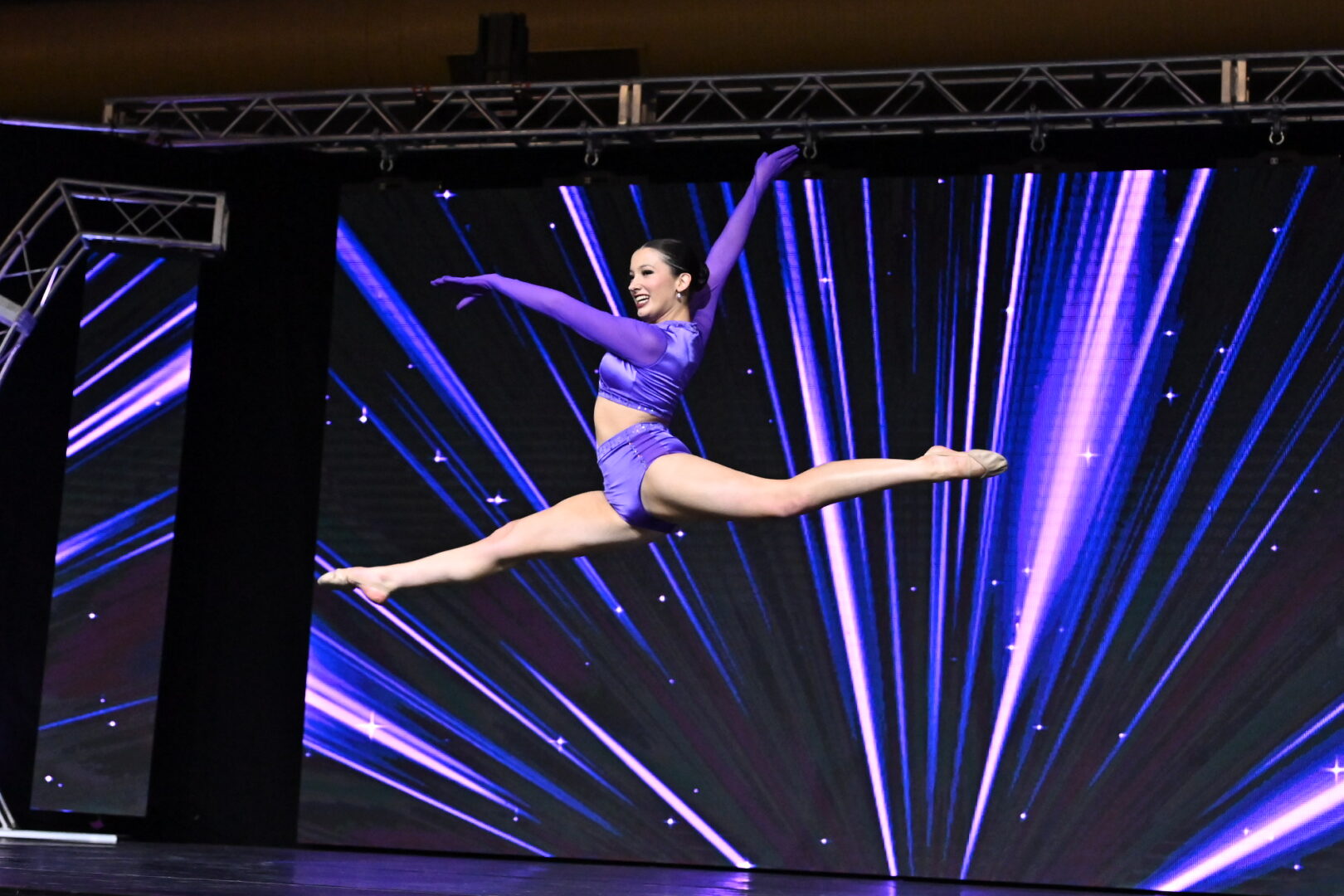
While many appreciate the artistry of dance, recognizing it and its many forms as a sport isn’t always as common. Dance is a form of emotional expression, and its overlapping qualities with other performing arts like acting and musical theater reinforce that, but for many dancers the training, dedication, and competitive attitude they bring to the studio, the stage, and platforms for competing and performing match that of many more traditionally thought of sports.
Physicality
Dance requires an incredible amount of physical strength, endurance, and flexibility. Dancers spend countless hours training and conditioning their bodies to perform intricate movements with precision and grace. From ballet to hip-hop, each style of dance demands athleticism and stamina comparable to that of traditional sports such as football or basketball. Dancers push their bodies to the limit, often enduring pain and fatigue in the process of attempting perfection.
Focus and Discipline
Dance involves intense mental focus and discipline. Dancers must memorize complex choreography, synchronize their movements with music, and convey emotion through expression. They must constantly strive for improvement and push past their comfort zones to reach new heights of skill and artistry. This mental fortitude is a symbol of athletes in any sport, demonstrating that dance requires more than just physical ability—it demands mental toughness and determination.
Competition
In addition to its physical and mental demands, dance also embodies the spirit of friendly competition! Dancers compete in various competitions and performances, striving to outdo their opponents and earn recognition for their talent and hard work. These competitions are often fierce and highly competitive, with dancers going for top rankings and prestigious awards. Just like athletes in traditional sports, dancers train rigorously and dedicate themselves to achieving success on the stage.
Risk
The risk of injury in dance is significant, comparable to that of many other sports. Dancers frequently experience sprains, strains, and other injuries as a result of the rigorous physical demands placed on their bodies. They must also contend with the risk of more serious injuries such as torn ligaments or stress fractures. Despite these risks, dancers persevere, displaying resilience and determination in the face of adversity.
Friendship and Teamwork
Beyond its physical and competitive aspects, dance also promotes teamwork and camaraderie. Dancers often work closely with teammates and choreographers, collaborating to create breathtaking performances that captivate audiences. They support and encourage one another, fostering a sense of community and belonging that is akin to that found in team sports.
In conclusion, dance should be recognized as a real sport. It requires the same level of athleticism, dedication, and discipline as any other sport, if not more. Dancers push their bodies and minds to the limit, striving for excellence in every performance. It’s time to break down the stereotypes and misconceptions surrounding dance and give it the respect and recognition it deserves as a legitimate sport.













